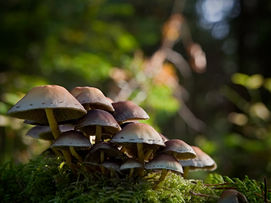
HERITAGE
Our Historical
& Natural Heritage
Information sheets coming soon
Natural Heritage
Lews Castle Grounds is unique in the Outer Hebrides and offers our visitors the chance to see many wildlife species in their natural environment including red, otters and a huge variety of birds including tree creepers, lapwings, shearwaters, diving gannets and golden eagles.
The sea (white tailed) eagle has been re-established on Scotland’s west coast and you may well see one of these magnificent creatures soaring above you as you explore the Estate.
The sea around the Estate is home in the late summer to basking sharks and minke whales, while porpoises can be seen in many of the bays from the spring onwards. You can sometimes spot otters hunting on the rocks beneath the Shore Road.
Natural Gallery : :
Scroll through the Gallery below and click on each image for more information
Historical Heritage
There are fascinating traces of the first Hebridean farmers within the Castle Grounds, a Heritage Lottery funded community archaeology project found flint tools, including a stunning flint arrowhead on Sober Island, and on Gallows Hill we have the remains of a tomb all dating to as early as 4000BC.
In 1988 A Viking/Norse hoard of broken up silver jewellery, dating to around1000AD, was found near the Sunken Garden. It was wrapped in linen cloth and hidden inside a cattle horn and is now on display in the main gallery of Museum nan Eilean.
The island was ruled by the MacLeods from c.1343 and the area has seen conflict with internal strife between Clans and later with the “Fife Adventurers” and Cromwell’s Roundhead forces.
Historical Gallery : :
Scroll through the Gallery below and click on each image for more information
The Lewis estate was granted to the MacKenzies of Kintail in 1610 who built their lodge on what is now Lews Castle (a part of the Lodge wall remains standing in the café area of the Castle). It was within this Lodge that Lord Seaforth planned a Jacobite uprising that ended in defeat at the battle of Glenshiel in 1719. In the 1950s a hoard of coins dating from the 16th and 17th Century were found on the slopes of the Shoe burn, near the Lodge.
The last of the MacKenzies sold the estate to Lord Matheson in 1844, who quickly got to work shaping the Gardens and constructing his new home. As well as the Castle he constructed the imposing Porter’s Lodge at the original Grounds entrance and the Boatman’s Tower, where a set of steppingstones took travellers across the river into the town. Lews Castle is now under the stewardship of the local council, but these buildings alongside the other properties in the Grounds such as Marybank Lodge, Creed Lodge and Gardeners Cottage are now listed and maintained by the Stornoway Trust.

























